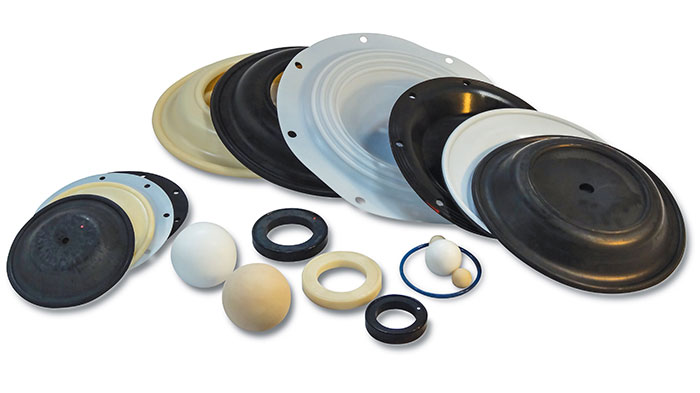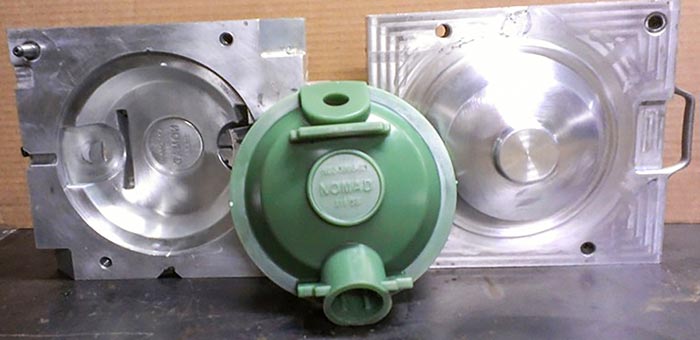The worldwide pump industry is covered with large multinational firms that have acquired privately held pump companies, with specialized products from the original inventors.
As pressure mounted to grow profits, prices usually increased. This practice opened the door to fast-growing aftermarket business, in which the air diaphragm pump segment participates with vigor.
 Image 1. Aftermarket parts can offer a lower cost without sacrificing quality. (Images courtesy of JDA Global)
Image 1. Aftermarket parts can offer a lower cost without sacrificing quality. (Images courtesy of JDA Global)Here are three drivers that are expected to further launch aftermarket pump companies into prominence.
- Tribal Knowledge—Aftermarket parts and services companies are often led by veteran industry professionals, whom possess valuable “tribal knowledge” about distributor patterns and supply-chain interface. They know the key procurement specialists who can rapidly create new products, tooling, etc. Those who create startup aftermarket ventures have often absorbed industry expertise based on longevity or time in a position. The aftermarket company that succeeds will likely specialize in rapid delivery and competitive prices.
- Global Sourcing—Prior to the practice of global sourcing, most manufacturers obtained raw materials within a tight geographic radius around their facilities. Global sourcing and the internet have evened the playing field. Fast and flexible aftermarket experts can move tools, change procurement geographically and rapidly respond to economic trends. For example, U.S. firms looking to escape Chinese tariff issues (ongoing as of this publication’s print time) can more rapidly move tooling, molding, etc., to countries such as Vietnam and India, thus escaping unwanted costs that drive up final pricing to the end user.
- Reshoring—This concept serves as the opposite of offshoring: the global sourcing phenomenon whereby the lowest labor rate and low cost producer are pursued. In some cases, the aftermarket specialist can use the same supply chain as the OEM, since raw material suppliers do not work with exclusive agreements. Most supply chain providers are happy to add a second-tier buyer. Further, they have the tooling expertise, reverse engineering talent and drawing capability.
 Image 2. Tooling for a stainless steel part
Image 2. Tooling for a stainless steel partIn the end, the legitimacy of the aftermarket provider will be determined by the end user, whose constant search for the highest quality, lowest cost provider will separate those who will grow and prosper and those who will fall aside in the aftermarket space.
The aftermarket specialist also understands that its market position signals a “one chance” protocol for market capture. Therefore, fit and function must be of the highest standards to survive.
This formula can create a win-win for the customer. Having a lower cost option, without sacrificing quality, drives the end user’s enhanced bottom line.


